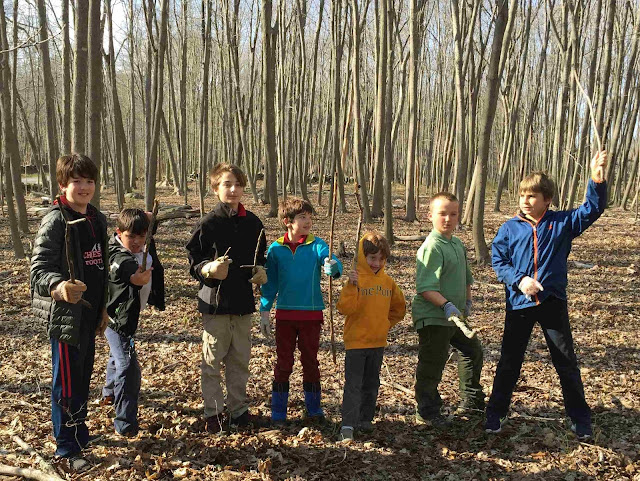By Beth Sullivan
As the season gets lush
and everything is juicy and tender, I am noticing, with much dismay,
everything getting chewed up!
 |
| It's a beautiful time of year. |
We all know critters
need to live, but there are situations arising now where the feeding
habits of these creatures are at best annoying but many have
devastating impacts.
Gypsy moths return
Last fall we noticed a
large infestation of Gypsy moths on North Main Street at Fennerswood
Preserve. There isn’t really much an individual can do. We
“squished” caterpillars when we could find them, and removed
cocoons before they hatched, when they were in reach. And earlier
this spring an adventurous group of Pine Point Explorers joined me on
a hike through the woods, weapons in hand. They used sticks to
scrape off egg masses on the tree trunks. I would like to think we
destroyed several zillion potential caterpillars, but they are back
in force. They spread themselves over acres of canopy by
‘ballooning’: being carried on the wind immediately after
hatching on silken threads. What leaves and blossoms were not eaten
by the early hatching Winter moths are now being consumed by the
rapidly growing Gypsy Moth caterpillars, eating, digesting, and
“dropping” in a constant patter that can be heard as you stand in
the woods.
 |
| Pine Point Explorers armed with their sticks at Fennerswood. |
 |
| We scraped hundreds of egg masses off the trees. |
One hope: the fungus
that naturally kills the caterpillars is activated and enhanced by
moisture. The recent rains, and those in the next week, will
hopefully spread that fungus and infect them, preventing them from
continuing the cycle. Look for the caterpillars hanging limp from the
branches and trunks of trees.
 |
| Tent caterpillars, though hairy, are enjoyed by Cuckoos. |
I have a little friend
who loves butterflies. Part of the lesson to be learned is that, to
be able to enjoy the beauty of the butterfly, we have to come to
peace with some caterpillars. We do not mind the munching on
Milkweed of our beloved Monarch caterpillar, but I am a little less
enthused by finding the well camouflaged green larvae of the Pretty
White Cabbage Butterfly. Check your early Broccoli and Kale for caterpillars.
 |
| We can share Milkweed with Monarch Caterpillars. |
The upside to a
multitude of caterpillars now, is that they provide a banquet for the
birds. Cuckoos are one of the few species that eat the hairy Gypsy
Moth and Tent caterpillars. Warblers and many other species are
enjoying the feast of the smaller caterpillars high in the tree tops.
As they are nesting now, we know their young will benefit.
 |
| Gypsy Moth Caterpillars are in a feeding frenzy now. |
Ticks and mosquitoes- a part of summer
Unfortunately we are
often on the menu as well. Ticks and mosquitoes can really take some
of the fun out of a day outside. As we head out to enjoy the
summer season, we cannot allow ourselves to be panicked and crippled
by the potential harm to be done by these creatures. Try to avoid
very brushy areas, especially areas dense with the invasive Barberry
which ticks seem to really favor. Stay on the trails our stewards try
to keep clear and well mowed. It is a good time to stay out of tall
grass meadows anyway: Birds and mammals are nesting. In the
beautiful wetlands, be aware that the mosquitoes love the wet and
lush vegetation in these areas too. We have to be proactive: proper
clothes, bug spray and a vigilance at shower time for ourselves and
children.
 |
| Adult Ovenbirds will fill these hungry mouths with caterpillars. Photograph by Dennis Main. |
We are in the most
beautiful time of year. Please get out and enjoy the beautiful
lands Avalonia has preserved for all to enjoy-including the
caterpillars.
Photographs by Beth
Sullivan, unless otherwise noted.

No comments:
Post a Comment